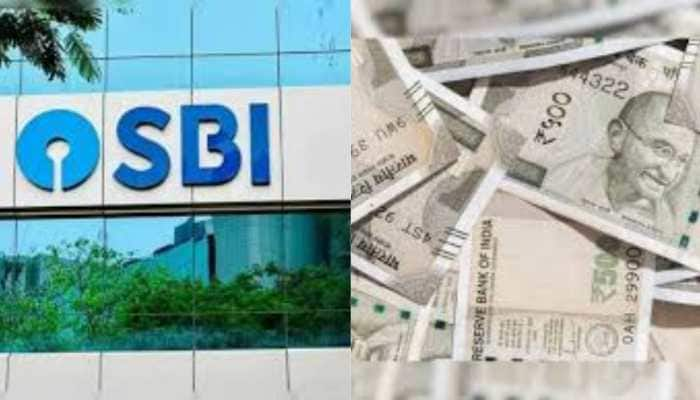Cellphone, satellite data can map poverty: Scientists
The researchers from the University of Southampton and the Sweden-based Flowminder Foundation found that by combining mobile data and geospatial data from satellites, they were able to produce poverty predictions which are comparable with those made from traditional sources, but with significant advantages.
Trending Photos
) re
re London: In a first, anonymised data from mobile phones and satellite imagery data can be combined to create high resolution maps to measure poverty.
The researchers from the University of Southampton and the Sweden-based Flowminder Foundation found that by combining mobile data and geospatial data from satellites, they were able to produce poverty predictions which are comparable with those made from traditional sources, but with significant advantages.
"Census and household surveys are normally used as data sources to estimate rates of poverty. However, they aren`t regularly updated -- for example, censuses only take place every ten years -- and in low income countries, surveys can be patchy," said Jessica Steele, lead author of the study.
Since the information on mobile phone is continually updated, it can be interrogated in various ways and can track changes on an ongoing basis.
"Paired with satellite data that has similar features, it can give a much more dynamic view of poverty and its geographic spread," Steele added.
The researchers explained that every time a person uses a mobile it sends information to a receiving tower and gives an approximate location of where they are.
"It also contains information about levels of data usage, numbers of texts sent, times calls were made and their duration. It can reveal how much and how far people are travelling, as well as the type of phone they`re using. This kind of anonymised data helps build a picture of poverty," the paper published in the Journal of the Royal Society Interface noted.
For example, monthly credit consumption on mobiles, and the proportion of people in an area using them, can indicate household access to financial resources. While movements of mobiles and their use of networks provide information on individuals` economic opportunities.
"Satellite data can provide us with excellent information about living conditions in rural areas, but in tightly packed cities it`s more difficult. It`s the reverse for mobiles as more masts in cities means more information, contrasted with the countryside where mobile receiving towers can be thinly spread," Steele said.
The researchers noted that some of the poorest in society may not own a mobile, but even taking this in to account, they were able to identify distinct differences between low income informal settlements and richer areas.
Stay informed on all the latest news, real-time breaking news updates, and follow all the important headlines in india news and world News on Zee News.
Live Tv







)
)
)
)
)
)
)
)
)
)
